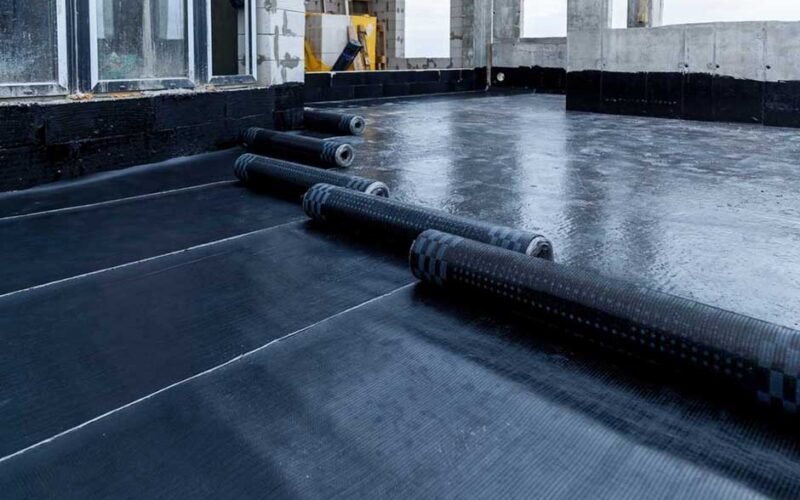Waterproofing is one of the most essential steps in any construction or renovation project. In the Illawarra region, where unpredictable coastal weather and moisture-rich conditions can wreak havoc on structures, choosing the right waterproofing solution is critical. Among the most reliable options are sheet membranes flexible, durable layers that create a barrier between your structure and unwanted moisture.
Whether you’re building from the ground up or waterproofing a balcony, basement, or rooftop, it’s important to understand the different types of waterproof membranes available, how they work, and where they’re most effective. This guide will walk you through everything you need to know about waterproof membranes in the Illawarra, helping you make informed decisions for long-lasting results.
What Are Waterproof Membranes?
Waterproof membranes are thin layers of material applied to a surface to prevent water from penetrating. They act as a shield that blocks moisture from entering walls, roofs, bathrooms, or any other space vulnerable to water damage.
There are two main categories:
- Liquid Membranes – Applied like paint, they dry to form a seamless rubber-like layer.
- Sheet Membranes – Pre-formed and applied in large sheets, ideal for high-risk or large-area applications.
Each type has its strengths, and your choice depends on factors such as location, exposure, and surface type.
Why the Illawarra Climate Demands Proper Waterproofing
Living in the Illawarra means enjoying beautiful coastal views—but it also means dealing with salt-laden air, seasonal rains, and humidity. These factors can accelerate water ingress, corrosion, and deterioration if proper waterproofing measures aren’t in place.
Structures in areas like Wollongong, Shellharbour, and Kiama face both horizontal and vertical water pressure—making below-ground and above-ground waterproofing equally important. A failed waterproofing system can lead to mold growth, internal leaks, foundation weakening, and costly repairs.
Common Applications of Waterproof Membranes
Waterproof membranes are used in a wide range of applications throughout residential, commercial, and industrial sites in the Illawarra. Here are some common areas where membrane systems are crucial:
- Bathrooms and Wet Areas: To prevent leaks into adjoining rooms and below-floor levels.
- Balconies and Terraces: These elevated, exposed areas require robust protection.
- Basements and Retaining Walls: Below-ground structures need to resist hydrostatic pressure.
- Roof Decks and Podiums: To prevent water from infiltrating living spaces below.
- Planter Boxes and Green Roofs: These require root- and water-resistant barriers.
Choosing the Right Membrane for Your Project
Each project has its unique challenges, and not all membranes are created equal. Here’s a breakdown to help choose the right solution:
- Sheet Membranes
- Best for: large areas, consistent thickness, and areas prone to movement.
- Advantages: High tensile strength, factory-controlled thickness, and ease of inspection.
- Drawbacks: Requires skilled installation to ensure seams are fully sealed.
- Liquid Membranes
- Best for: complex or irregular-shaped surfaces.
- Advantages: Seamless application and easy to repair.
- Drawbacks: Application thickness can vary if not applied properly.
Some projects may even require a combination of the two for optimal protection.
Professional Installation: Why It Matters
In waterproofing, even minor mistakes can lead to major consequences. That’s why working with licensed and experienced waterproofing contractors in the Illawarra region is essential.
A qualified professional will:
- Evaluate site-specific risks.
- Recommend the best membrane type.
- Ensure proper surface preparation.
- Guarantee compliance with Australian Standards (such as AS 3740 for wet areas and AS 4654.2 for external above-ground membranes).
Long-Term Benefits of Quality Waterproofing
Investing in quality waterproof membranes may seem like an upfront cost, but it pays off in the long run. Here’s how:
- Extended Lifespan of Structures: Prevents decay and material breakdown.
- Mold and Mildew Prevention: Keeps interiors safe and healthy.
- Higher Property Value: A well-maintained, dry building commands better resale value.
- Reduced Maintenance Costs: Stops recurring leak repairs.










